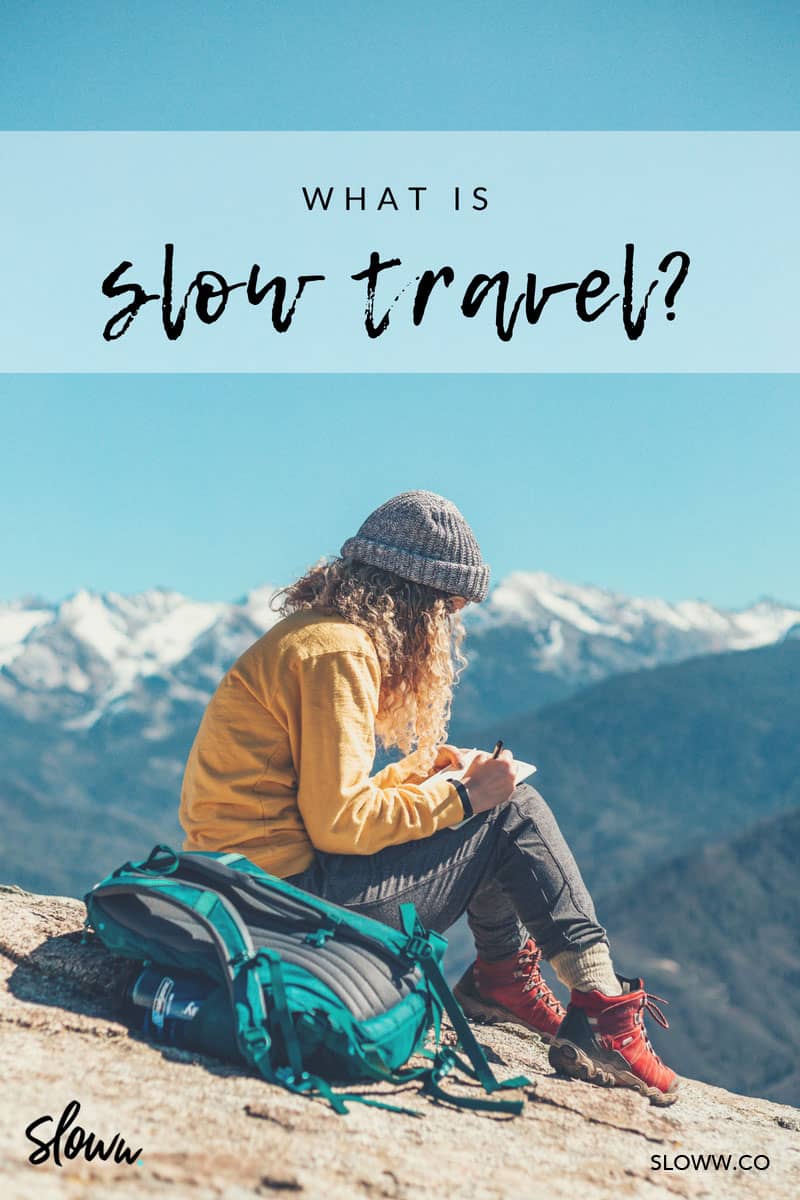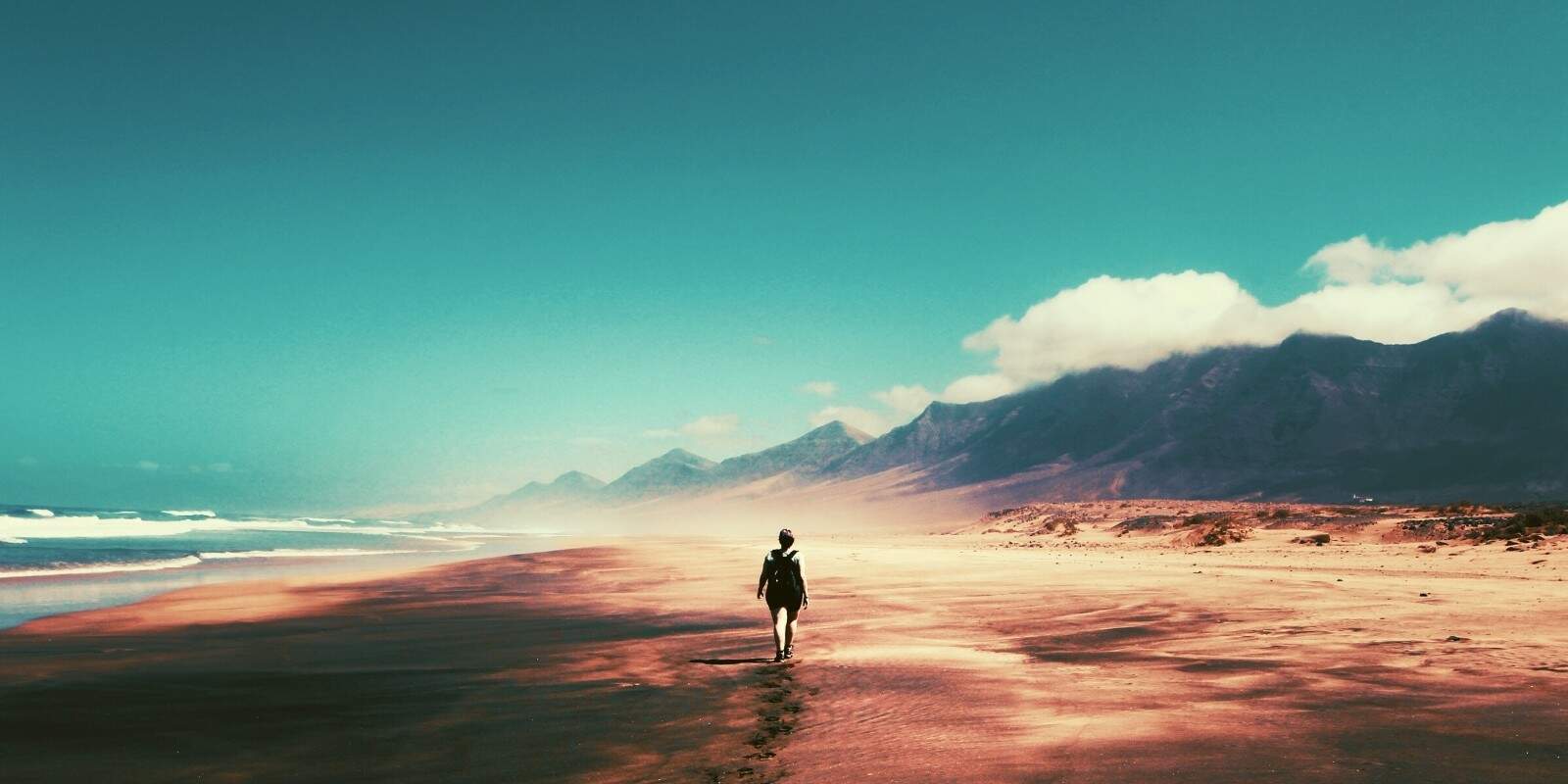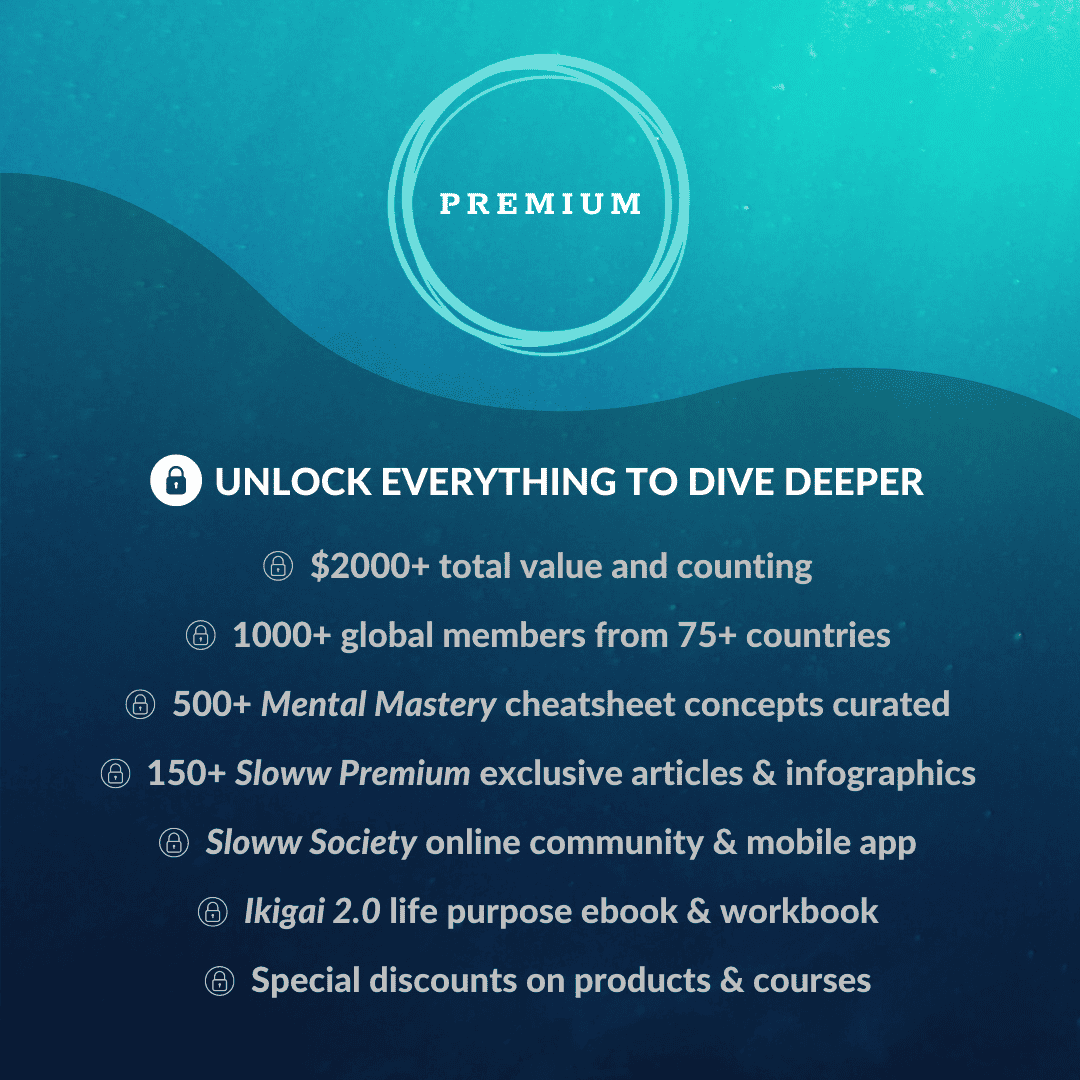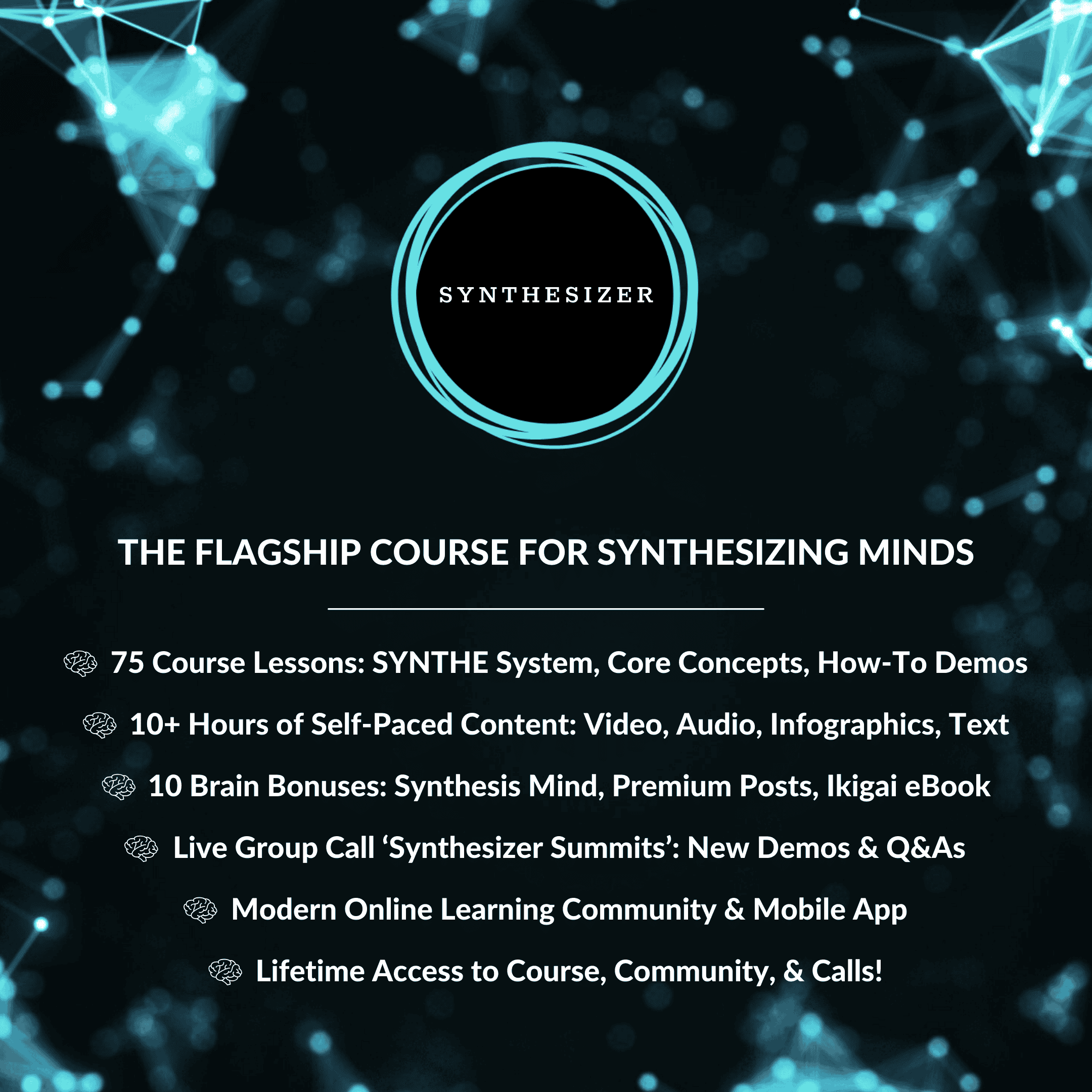
If you Google “slow travel,” you may be surprised by the lack of compelling information and resources you find. Unlike slow living, the slow movement, or slow food, slow travel doesn’t seem to be something as widely adopted or even discussed yet.
Traveling can be one of the most rewarding human experiences — opening your mind and worldview to new places, connecting with new people, and immersing yourself in local cultures. It can be meaningful, memorable, rejuvenating, and energizing.
Or, it can be the opposite. Slow travel ensures that you not only get the most benefit, but the local people and world around you do too. And, you won’t come back and need a “vacation from your vacation.”
So, what is it?

What is Slow Travel?
Maybe you’ve heard it described as mindful travel, sustainable tourism, or low-impact traveling. To me, slow travel is simply taking the principles of slow living and applying them to travel.
Slow travel is for you if you want a balanced itinerary where you can pace yourself and eliminate the stress of rushing around. It’s intentional and immersive — allowing you to go deeper on the things that matter most to you while traveling. It’s conscious and connected — connected with yourself, those around you, and the world.
Here were the best slow travel definitions I came across during my research:
Slow travel is a mindset that rejects traditional ideas of tourism and encourages you to soak in your environments and keep yourself open to new experiences. — The Art of Slow Travel¹
Slow travel is about the journey, not just the destination. Being excited about where you’re going, but being just as excited by how you get there, the people you meet, the sights you see and the experiences you have along the way. About slowing down to acknowledge that the journey you’re on allows, for the briefest moment, the chance to peer into someone else’s life and to share that moment in time with them. — The Travel Word²
There’s an awful lot of clutter in modern life, and the only logical antidote to clutter is simplicity. Slow travel excels at simplicity. Freed from the pressure of ‘seeing everything’, you can actually relax a bit and enjoy your holiday. There’s a better chance you’ll meet local people, see a few sights off the traditional tourist path and get an appreciation for a different way of life (which some would argue is the whole point of travel in the first place). — Intrepid Travel³
3 Slow Travel Myths to Bust Before Your Next Trip
These slow travel myths are similar to slow living myths in general.
Myth #1: Slow travel has a minimum duration of one week. You don’t have to spend a certain amount of time in a place in order for it to qualify as slow travel. I’ve read a bunch of articles that state you must travel for a minimum of a week in order for it to be slow travel. But, slow travel is a mindset and approach that can be applied to any length of travel — even an afternoon outing in your hometown. If anything, slow traveling on your shorter trips is good practice for when you take a longer trip.
Myth #2: Slow travel means physically traveling as slowly as possible. It’s about traveling at the right speed. Pacing instead of rushing. Finding the right balance between too fast and too slow.
Myth #3: Slow travel is anti-technology. There’s a big difference between digital minimalism and being opposed to all technology. Digital minimalism simply advocates for technology to be used as a tool (instead of technology using us). Technology can be a great tool while you travel — just don’t let it get in the way!
Check out the next post for 10 slow travel tips to try on your next adventure.
Do you have any experience slow traveling? Please share in the comments!
Sources:
- http://www.theartofslowtravel.com/what-is-slow-travel/
- https://www.thetravelword.com/2012/02/07/what-is-slow-travel-heres-what-we-think/
- https://www.intrepidtravel.com/adventures/slow-travel-movement/




